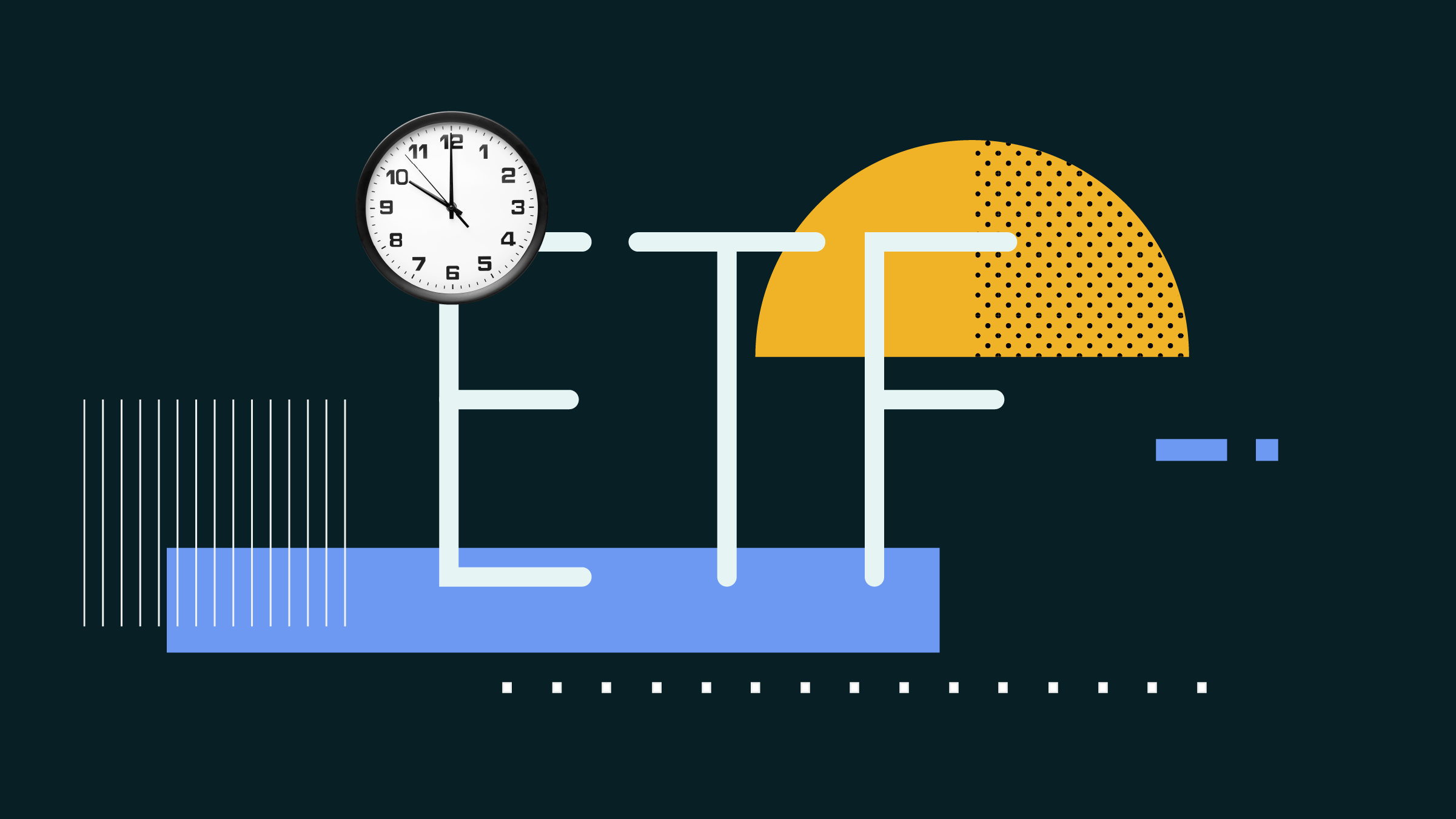
Earlier this year, I wrote about Canada’s only gold-rated allocation ETFs. They stood out from their inception as the first series to provide broad coverage across asset classes at a fraction of the fees of comparable mutual funds.
In addition to those strategies from Vanguard, Morningstar now covers the second and third-largest suites of balanced ETFs in Canada by AUM, which I profile here for BMO and here for iShares.
All three ETFs rely on their firms’ low-cost indexing-tracking strengths and, on the surface, look similar. Their management teams and portfolios differ enough, though, to earn them different Pillar and Medalist Ratings.
BMO – An Evolving Series
The smallest of the three, BMO Allocation ETFs hold their own. They lean on the firm’s strengths to offer broad exposure to multiple asset classes. It’s a simple process with static allocation and index-tracking underlying funds, so it gets an Average Process rating.
Managers Rob Bechard and Sadiq Adatia split duties here. Bechard leads BMO’s ETF Portfolio Management team and takes care of quarterly rebalancing and cashflow management. The group also manage many strongly rated analyst-covered strategies like BMO S&P 500 ETF ZSP and BMO S&P/TSX Capped Composite ETF ZCN. The firm’s strength in ETFs works well here.
Adatia is the CIO of BMO Global Asset Management and sits as Chair of the Investment Committee in charge of approving proposals for methodology changes. This provides an avenue for future enhancements of the series. It is with BMO’s expertise in ETFs along with oversight by the Investment Committee that the BMO Allocation ETFs receive an Above Average People rating.
The BMO Allocation ETFs spent the last few years expanding to asset classes like U.S. bonds and small caps. Since their inception in 2019, the funds greatly boosted their exposure to U.S. fixed income and rounded out their US equity exposure through the addition of BMO S&P US Mid Cap ETF ZMID and BMO S&P Small Cap ETF ZSML. Such adjustments bring the BMO Allocation ETFs in line with peers, though the funds still have a relatively large-cap tilt compared to Vanguard and iShares.
iShares – Ordinary, but Cheap
A redesign that concluded in 2019 simplified the iShares Core Allocation ETFs, replacing active management for a lower touch approach; there are no active stances in allocation or security selection here. However, unlike the other two series on this list, there is a lack of investment-led oversight. The redesign effort was spearheaded by the Product Management and Development team at BlackRock Canada which looked at peers and investor preferences in establishing the asset class guidelines and weights for the series. That group is also responsible for any changes made to this series moving forward. The iShares Core Allocation ETFs receive an Average People and Process ratings.
iShare Core Balanced ETF XBAL also has global stock exposure but differs by isolating fixed-income exposure to North America and the vast majority in Canada. The equity sleeve has a 24% weight towards Canada which isn’t different than peers, but the fixed income sleeve has 77% of its exposure at home which is far higher than the 54% for global balanced peers.
A rebalancing rule introduces some complexity – bands are set around the asset class weights rather than an overall asset mix – and potentially a longer leash. Rebalancing triggers when an asset class weight drifts from its neutral weight by 10%. In effect, this means that some asset classes have more freedom than others. Emerging market equity only makes up 3% of iShares Core Balanced ETF, so its weight can only fluctuate between 2.7%-3.3% before it is rebalanced. This approach, though, also gives the aggregate asset mix more room to move around, and the iShares Core Allocation ETFs exhibited the widest historical range in their equity weight of the three series in this list since October 2019.
Vanguard – Efficient with Strong Oversight
While the Vanguard Allocation ETFs come in slightly more expensive than the other two mentioned on this list, they remain one of the stronger options for investors looking for a simple allocation strategy.
Efficient exposure to broad asset classes and clear impact by Vanguard’s various investment groups give the Vanguard Allocation ETFs the most differentiated portfolios of the three balanced ETF series. The Investment Strategy Group is a 70-member global team tasked with conducting portfolio construction research and providing recommendations to the Strategic Asset Allocation Committee. The committee is made up of multiple leaders at the firm like Global Chief Investment Officer Greg Davis and Global Chief Economist Joesph Davis. They approve or deny proposals to change the investment methodology for all of Vanguard’s strategies. The strong oversight with the backing of multiple investment groups at Vanguard contributes to its Above Average People and Process ratings.
Their stance since inception has been that 30% of a balanced fund’s equity should remain in Canada. That proportion is five percentage points higher than what the average global balanced strategy holds in their equity sleeve – 30% vs 25% - and leads to some variability in performance over short time periods. Rebalancing bands set at 2 percentage points around the target asset mix allows some freedom but keeps the overall portfolio from taking on too much unintended risk in volatile markets.






















